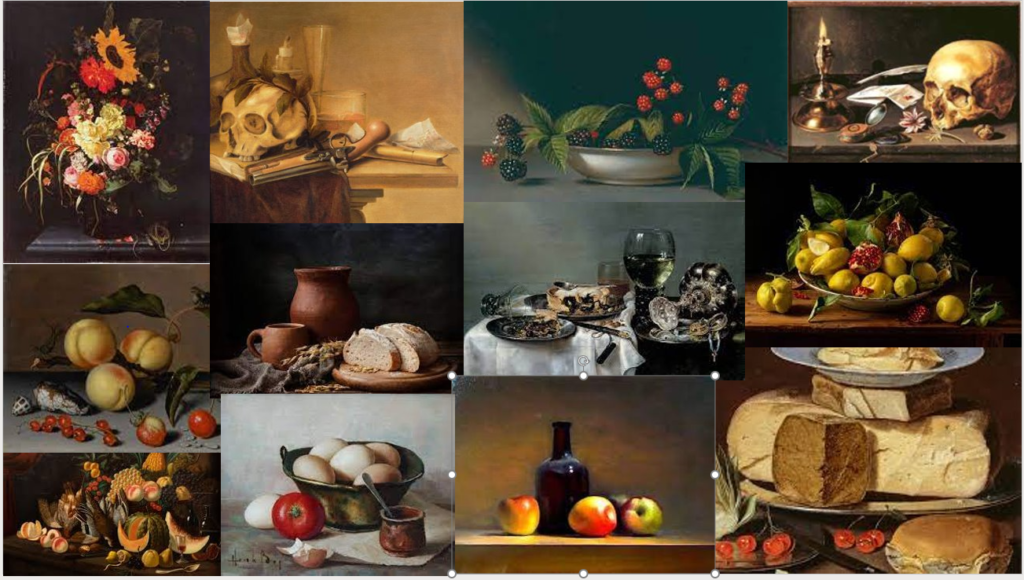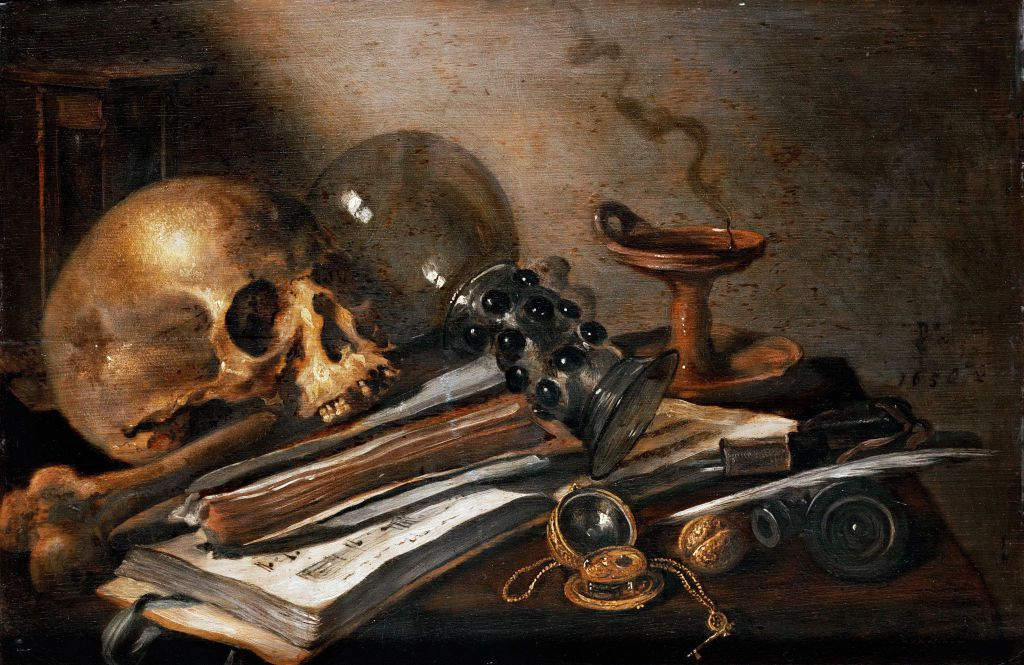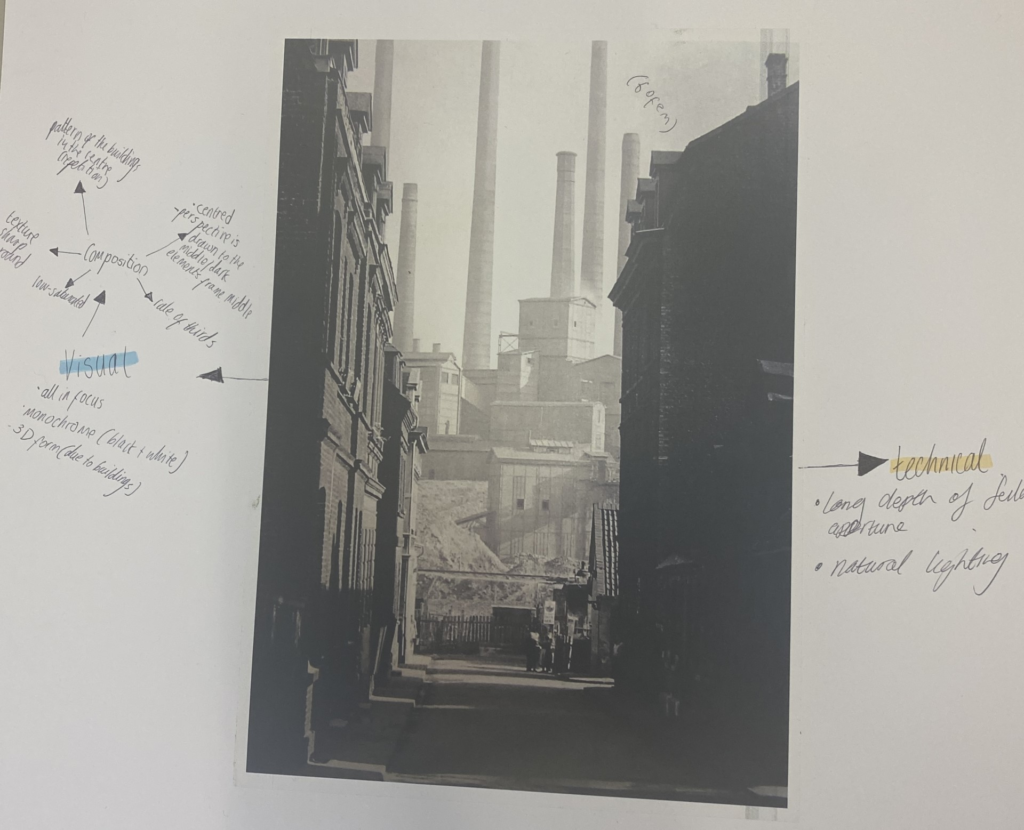what is still life?
usually still life can be described as an arrangement of objects usually including fruits, flowers and then normally some sort of silverware/glassware.
still life originally started during the early 1600’s predominately in Dutch and European paintings.
Something that has majorly effected and impacted still life was colonialism because it meant that they could have new and exotic objects that normally they would not be able to access.
Something you often spot in still life paintings would be skulls, fruit, flowers, hourglasses and candles. You often have skulls because they suggest things such as death similar with hourglasses suggesting time and maybe lack there of. Then fruit and flowers contrast with that because they can suggest things like new life. However certain flowers actually can mean different things for example poppies represent sleep or death and yet daisies represent innocence and rose love and seduction.

Image analysis- Richard Kuiper

In this image you are drawn to the fruit in the middle of the photo as it is the lightest part of the image so the dark objects around it are almost framing it.
When using the rule of thirds you can see that the image is sitting along the top left on the lines.
I think the composition of the fruit basket makes it look like a very chaotic photo as it is just piled on top on the table with other objects underneath with actually giving the image more levels and depth.
Image analysis


I think the lemons in the image are really bright with vivid colours and because it is the brightest part of the photo, so it stands out compared to the rest and has the darker background and table framing the fruit .Using the rule of thirds you can see that the fruit is centred straight in the middle hitting each line on the graph
Vanitas
Vanitas is a type of still life painting from the 1700’s where they would use symbols and objects to suggest things such as death and fatality.
This style of art would be like a reminder to everyone that you will die and you cant stop that.
Lots of the common objects have certain symbolic meanings for example a mirror can suggest self reflection and an lamp can often suggest the human soul.

In still life artwork there is something very closely related too it called Memento Mori. Its basically an object or symbol used as a reminder its usually depicted/represented by a skull. Its practically used/thought about in every still life piece of work.
The actual phrase translate from Latin to “remember you must die”. The phrase was often used by Catholics on things like graves and tombstones and memorial plaques.

This was an image analysis did in class where we were looking at both the technical aspects and the visual aspects.
We were focusing on the visual and technical aspects of the image so things like the focus on the camera and how everything is in focus.
We looked at the rule of thirds and how the darker parts of the image would be centring/surrounding the middle.
We also had to look at the image and figure out it we thought it was natural lighting or lighting done with tools like ring lights.

Good start Hannah. Just try to update your information so that it follows the format of the tasks listed in the blog (see below)… It should not be all about colonialism, you just want to include colonialism as a part of the ‘History of Still Life’, to extend your understanding.
– Define what still life is
Show examples of still life painting and photography
Include specific artist references and choose one image for analysis
Provide a chronological timeline of still life photography
Then Answer:
What is Vanitas?
What is Memento Mori?
What kind of metaphors and symbols are used in still life and why? (Include connections to trade, slavery, colonialism, wealth, status…)